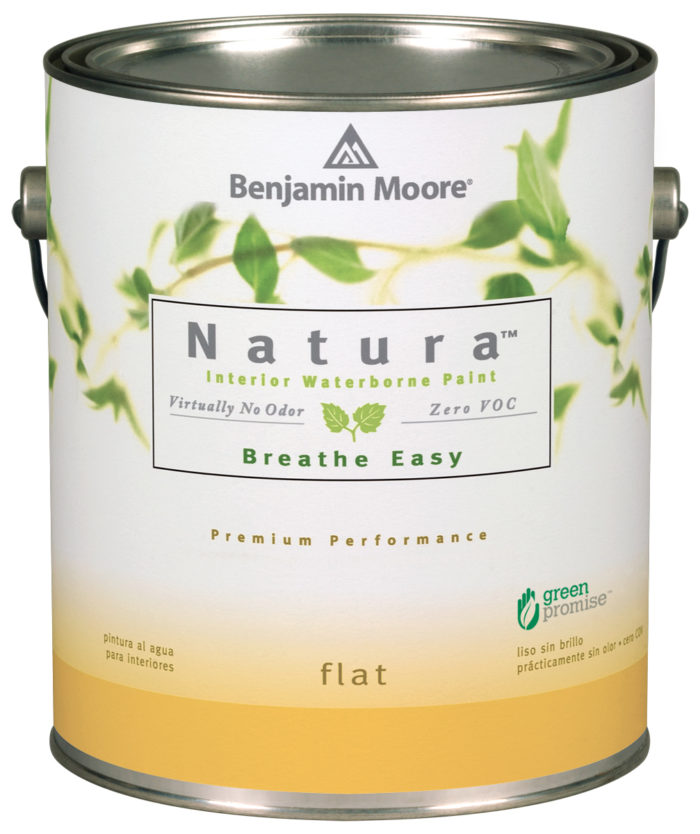
We have spent quite a bit of time in this blog so far emphasizing how important process is in green building. But sooner or later if you are going to build or renovate, you have to actually select stuff, all kinds of stuff, from structural sheathing to floor finishes to mechanical equipment.
I like to think of product selection as a 3-step process.
1 – Settle on green selection criteria
There are two basic ways to do this: adopt a buying guide or adopt a set of criteria and do your own evaluation. The first approach is the prescriptive one: you don’t have the time, resources, or skills to do your own product evaluation so you go to someone or some resource you trust and use their recommendations. The sidebar below includes a few green building product guides tailored for residential retrofit.
The second approach is the performance-based option: you don’t want to be told what products to use, but what process you could use to evaluate and select products. This reference, the REGREEN Green Product Checklist, is a sort of interview form that you use with a product distributor or retailer or with the actual product manufacturer. The list of questions is largely based on the seminal article from Environmental Building News: “What Makes a Product Green?”.
PRODUCT RESOURCES
Green Product Guide– Appliances– Decking– Floor coverings– Insulation– Lighting– Windows– Renewable energy
ArticlesWhen is a product really green? Code Approved Materials Martin’s Useless Products List
Further Resources
– Green Building Pages– Green2Green
2 – Test or otherwise get information on how stuff works
If the building product looks green, the next question is almost always: does it work as well as the one I have been using? Sometimes product guides give decent user information, usually in the form of submitted comments. Although all three of the guides listed above permit user comments, none of them has achieved a critical mass yet for most of their products. Go ahead and check them out, but your best bet may be to ask around (including asking your building materials supplier or the manufacturer for a user or two to call) and do your own “testing.” The latter means getting some product and trying it on a project or a mock-up. But this approach is no different for green building products than when you try new conventional ones.
3 – Evaluate total cost (not just the purchase price)
We are all first cost driven but green buildings need to include the long view: operational costs, durability, and especially human toxicity issues. This is particularly true for affordable housing, where operational costs and service life are important considerations for tight household budgets. For an interesting perspective on green building and durability, take a look this EBN feature article: “Durability: A Key Component of Green Building.”
We deal with a lot of complicated products with even more complex chemistries and in the long run our environmental considerations are as much about occupants as they are about buildings. Consider the perspective offered in this EBN feature article: “Chemistry for Designers: Understanding Hazards in Building Products.”
The next step is often the translation of green product selection into project specifications for your trade contractors. Stay tuned; the topic for our next blog is: green specifications.
Weekly Newsletter
Get building science and energy efficiency advice, plus special offers, in your inbox.














0 Comments
Log in or create an account to post a comment.
Sign up Log in